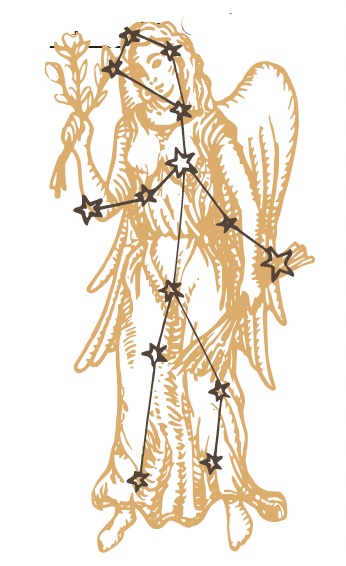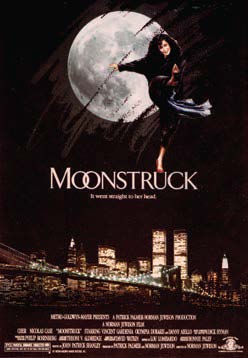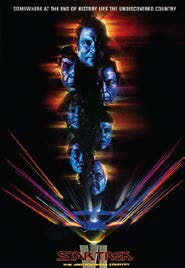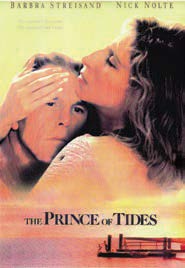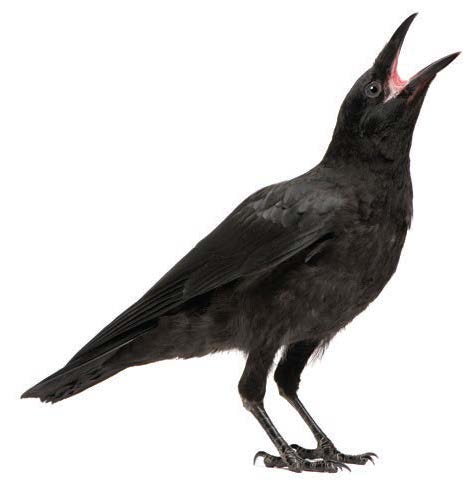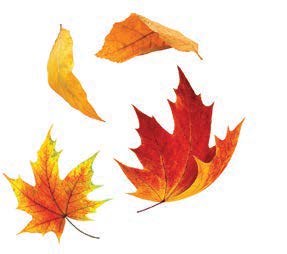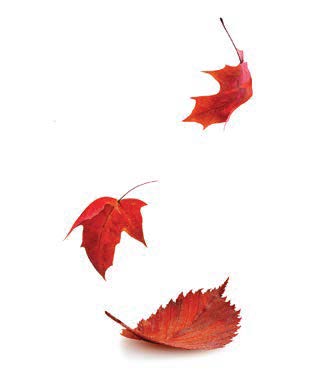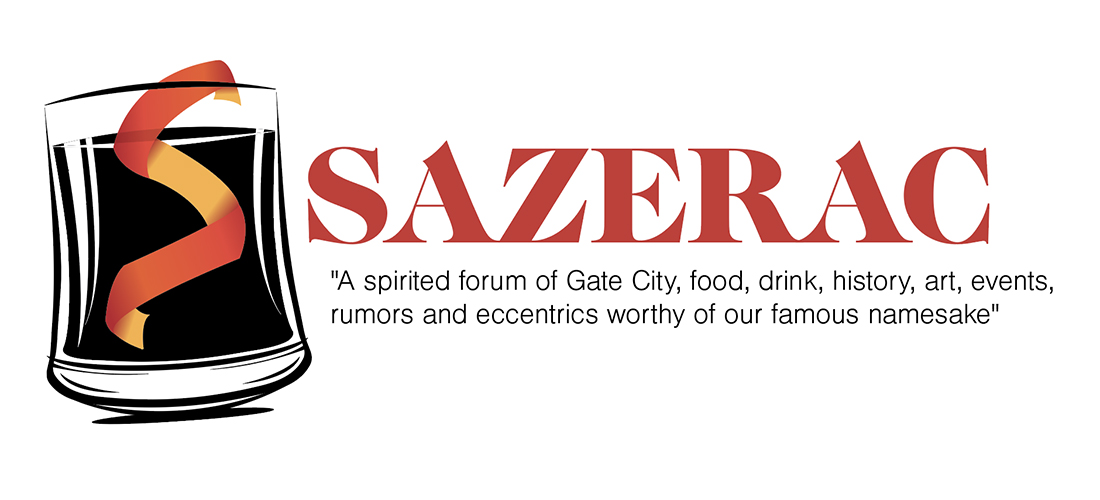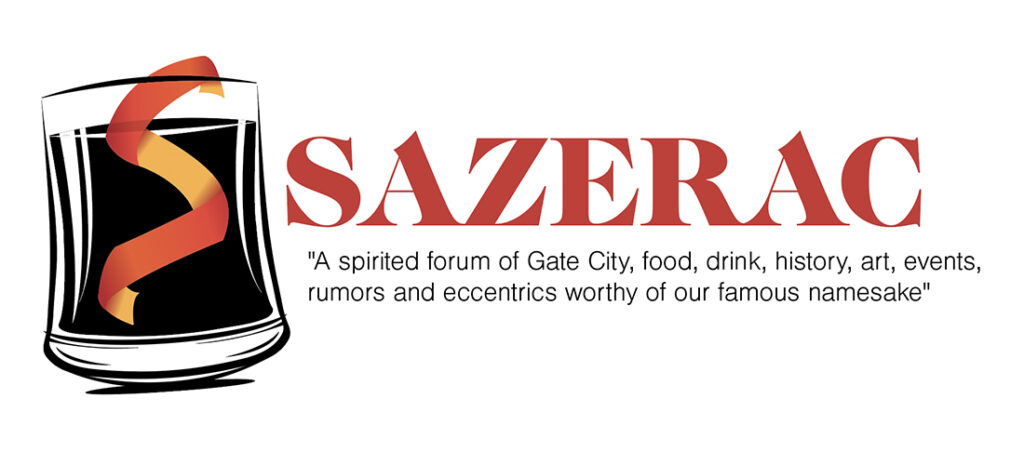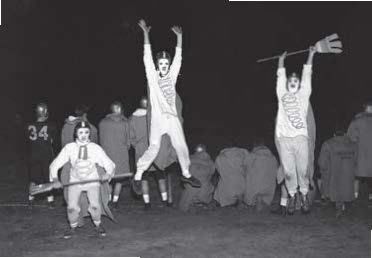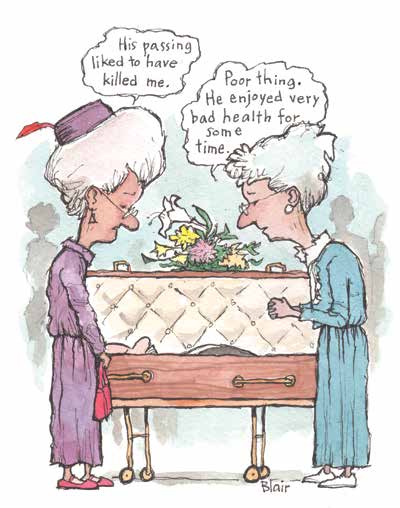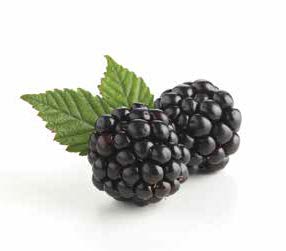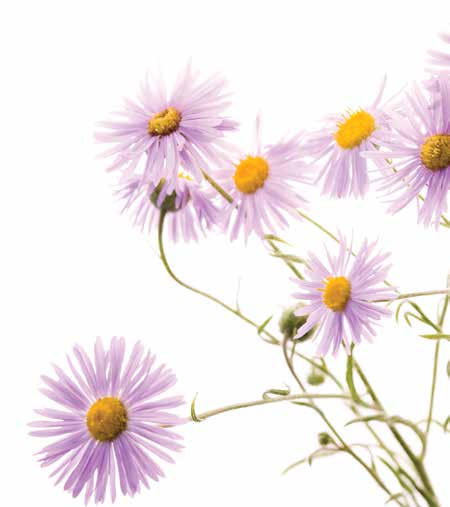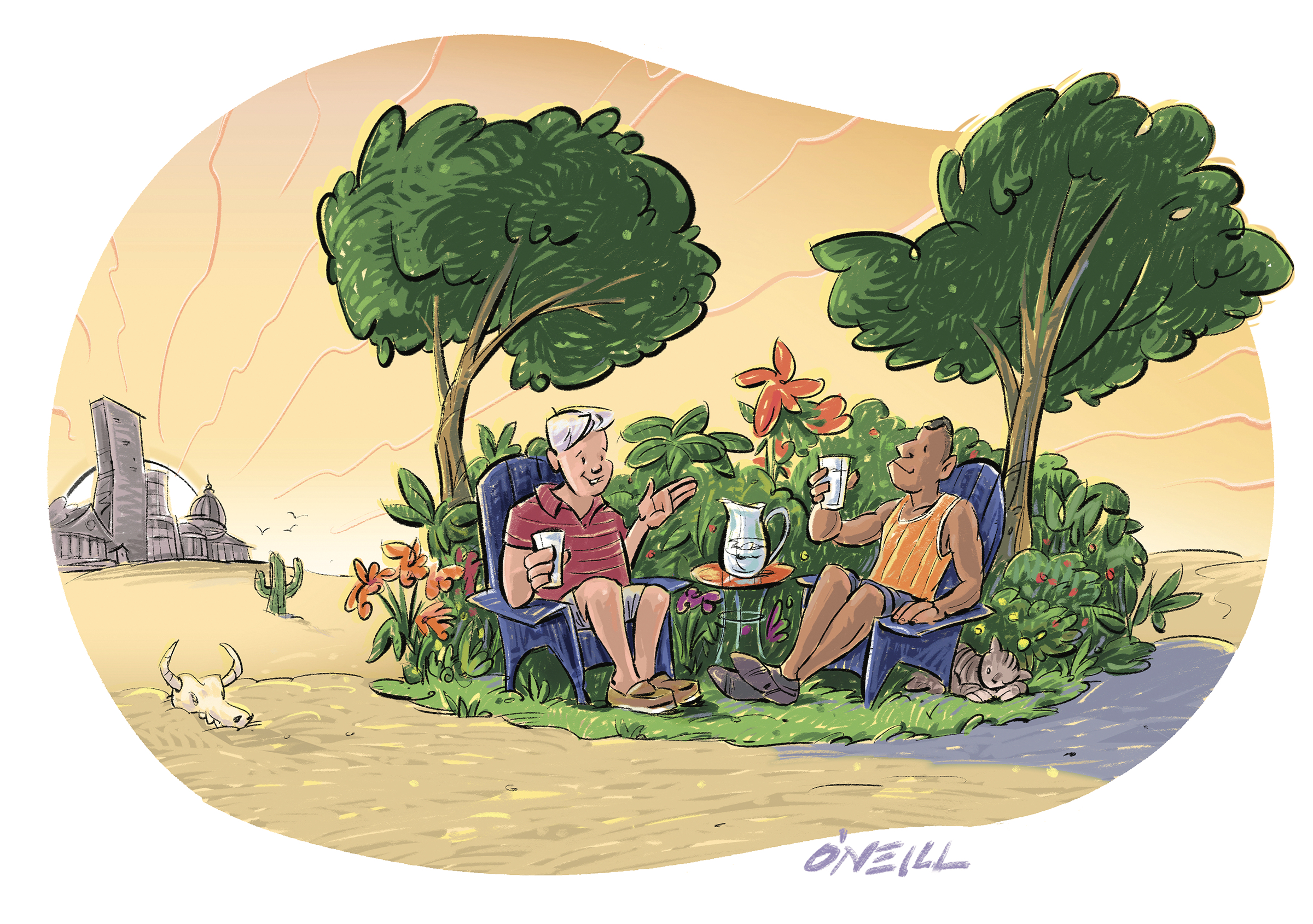Two years ago, Millie was a ladybug for Halloween.
She wore a smart red-and-black velour jacket, cinched at the waist, with a shawl collar that pooled elegantly around her neck.
OK, it wasn’t really a shawl collar. It was a ladybug hood with antennae that Millie, a petite hound, kept shaking off because she can’t stand things on her ears.
The point is, red is Millie’s color, and she was quite fetching when I took her to the annual dog-o-ween parade in my mom’s townhouse community, which is not officially a retirement village, but is, shall we say, very silver.
As a result, small dogs are plentiful. So one Sunday afternoon before Halloween, residents gussy up their pups and take a lap around the neighborhood, stopping at homes where the few non-dog-owners sit outside with treats.
The dogs gobble as they go. They remind me of the chunky trick-or-treater who once came to my childhood home.
“Where’s your bag?” my dad asked as he doled out candy bars.
“Right here,” the kid said, slapping his belly with both hands.
Unlike the belly slapper, who snarfed his Baby Ruth as he walked away, the dogs at dog-o-ween usually inhale their first treats on the spot then stare down the giver, implying that a second, third or — why not? — fourth treat is customary.
Sometimes, the furry beggars get downright aggressive, snouting their way into a bag of Beggin’ Strips that’s held too close.
If a small human tried this with, say, a bag of fun-size Snickers, he would end up in a doorbell video on social media the next morning with the plea, “DOES ANYONE KNOW THIS CHILD?”
For dogs, though, people respond with a grace reserved for four-legged animals.
“Ha-ha-ha,” they say. “You scamp!”
This kind of cheerful generosity is more in line with the origins of dressing up at Halloween, which some historians trace back to the 19th-century Scottish practice of “guising,” or putting on costumes and performing in exchange for food and drink.
Over in Germany, they played a similar game, “Belsnickeling,” which called for children to don masks and costumes at Christmastime. If no one guessed their true identities, the tykes were rewarded with food.
Going back even further in time, the ancient Celts — who lived across what’s now Great Britain — observed an autumn festival called Samhain (pronounced SAH-win).
These pagan partygoers dressed as ghouls to blend in with the mischievous ghosts they believed roamed the earth during harvest time, when the veil between living and dead was the thinnest.
The locals lit bonfires and left food, drink, crops and other offerings to appease the spirits.
You could draw a couple of conclusions from these traditions.
One: There wasn’t a whole heck of lot going on in Western Europe back in the day.
Two: People are happy to play dress-up if there’s an immediate payoff, such as food, drink or not getting swept off to the netherworld.
The same reward system goes for dogs. Because Millie associates wearing a Halloween costume with getting food, she doesn’t seem to mind being dolled up.
Last year, she wore a simple jester’s collar, partly because of the ear sensitivity issue and partly because I didn’t make enough time to shop for a proper costume. This year, I started early.
There are so many choices.
For several years, pet owners were limited to dog costumes and only a smattering of cat costumes, which makes sense. Dogs will work for food, even if it means wearing a wonky costume. Cats, not so much.
If I see you on Halloween, bloodied and dressed in tatters, I will not assume that you’re headed to a party dressed as a zombie. I will assume you tried to dress your cat as a Minion.
Nevertheless, the selection of get-ups for cats and dogs has mushroomed to hundreds, enough to break into subcategories. One pet supply website has costume tabs for “Trending” (stegosaurus, happy cow, granny); “TV and movie” (Buzz Lightyear, R2D2, Cookie Monster): “Funny” (snail, werewolf, hula girl, skunk); and “Career” (mail carrier, UPS driver, chef).
Many are so-called front-walking costumes featuring pants that make a dog’s front legs look like human legs, along with stuffed arms that stick out and hold a prop.
So if you squint your eyes and pretend you don’t see the other 95 percent of your neighbor’s Bichon frisé, you could believe that a 1-foot-tall UPS driver in dire need of facial waxing is delivering a tiny package to your door.
Believable, given the current hiring situation.
On the other hand, it’s highly unlikely that this delivery “person” would be focused on anything other than ripping open the box and gnawing off its own arms.
If your dog is small enough, you might try a variation of the front-walking costume: the no-walking costume.
I give you the winner of last year’s Fort Greene Park dog costume contest in Brooklyn, N.Y., a chihuahua mix that rode in a pet carrier draped with a small pale suit and white button-down shirt. It helped that the dog, which lent only its head to the ensemble, bore an uncanny resemblance to Talking Heads singer David Byrne.
The crowd roared its approval.
Basically, no creature is safe from human merriment. These days, websites offer costumes for multiple species. The fashionable guinea pig or ferret might show up for Halloween — though God knows where — dressed as a bumblebee, butterfly or leprechaun.
A bearded dragon, meanwhile, could turn out as a small lobster, a cowboy, a unicorn or, cruelly, a cricket.
I’m not sure who thought that one up. Probably the same sadist who decided it would be funny to make a dog costume with stuffed squirrels frolicking on the back, while the dog wears an acorn cap.
Ha-ha-ha, said no dog, ever.
Thank goodness, none of the front-walking costumes are in play for Millie, though I truly wish she would tolerate a wig with a red bandana, long braided pigtails and guitar-holding arms.
Then she could be Millie Nelson.
After much consideration, though, I’ve ordered her a tennis dress. Like her mama, she’s obsessed with chasing tennis balls, and after all, who wouldn’t want to be recognized as the great Millie Jean King?.
